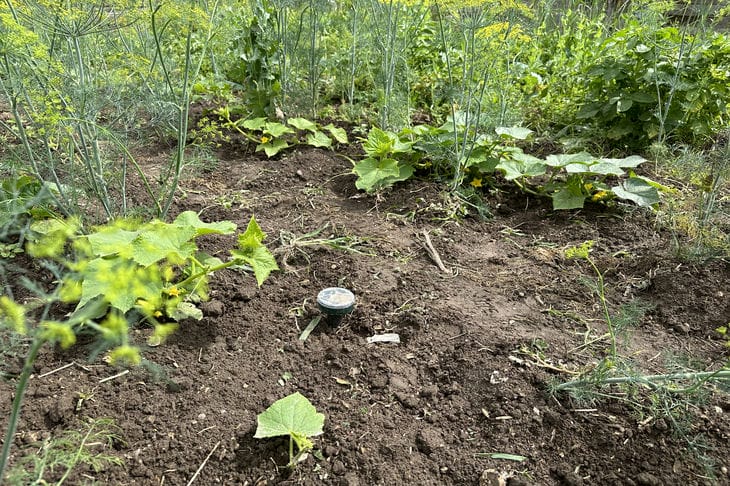- Determining the Causes of Exhaustion: Diagnosing the Problem
- Restoration of organic matter: the basis of fertility
- Green manure: green helpers of the soil
- Compost: valuable organic fertilizer
- Mulching: protecting and nourishing the soil
- Choosing the Right Fertilizer: Replenishing Nutrient Deficiencies
- Crop rotation: preventing soil depletion
How to Fertilize Depleted Soil: Restoring Soil Fertility
Depleted soil presents a challenge for any gardener.
Lack of nutrients, decreased microbial activity and deterioration of soil structure have a negative impact on plant growth and development.
However, it is possible to restore soil fertility by using a range of measures to restore it, says Anastasia Kovrizhnykh .
Determining the Causes of Exhaustion: Diagnosing the Problem
The first step to restoring soil fertility is to identify the causes of soil depletion.
This may be due to long-term cultivation of the same crops, lack of organic matter, improper use of fertilizers, soil erosion or other factors.

Conducting a soil analysis will help identify nutrient deficiencies and determine the soil acidity, which will allow you to choose the most effective methods for improving it.
Restoration of organic matter: the basis of fertility
Organic matter plays a key role in increasing soil fertility. It improves soil structure, helps retain moisture, provides nutrition to plants, and creates favorable conditions for the development of beneficial microorganisms.
To restore organic matter, compost, humus, fallen leaves, green manure and other organic materials can be added to the soil.
Green manure: green helpers of the soil
Green manures are plants grown to improve the soil. They enrich the soil with organic matter, nitrogen and other nutrients, suppress weed growth, protect the soil from erosion and improve its structure.
Legumes (clover, lupine), cereals (oats, rye), cruciferous plants (mustard) and other plants can be used as green manure.
Compost: valuable organic fertilizer
Compost is an organic fertilizer that is obtained from the decomposition of plant and food waste.
It contains a lot of nutrients, improves soil structure and stimulates plant growth.
Compost is made from a variety of organic materials, such as grass clippings, fallen leaves, food waste, straw, etc.
Mulching: protecting and nourishing the soil
Mulching is the process of covering the soil surface with organic or inorganic materials.
Mulch protects the soil from drying out, overheating, erosion, suppresses weed growth and helps retain moisture.
Mown grass, straw, sawdust, tree bark, agrofibre and other materials can be used as mulch.
Choosing the Right Fertilizer: Replenishing Nutrient Deficiencies
To replenish the deficiency of nutrients in the soil, you can use mineral and organic fertilizers.
The choice of fertilizers depends on the results of the soil analysis and the needs of specific plants. It is important to follow the fertilizer application rates to avoid overloading the soil with salts and negatively affecting the plants.
Crop rotation: preventing soil depletion
Crop rotation is the alternation of growing different crops on one plot. It allows to avoid one-sided depletion of the soil, improve its structure, reduce plant diseases and increase the yield.
When planning crop rotation, the nutrient needs of different crops and their impact on the soil are taken into account.
Earlier we talked about whether it is possible to water cucumbers with a regular everyday drink – tea.
